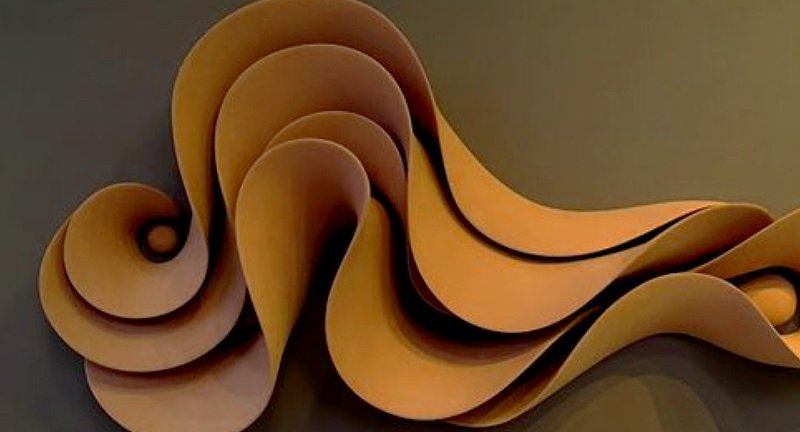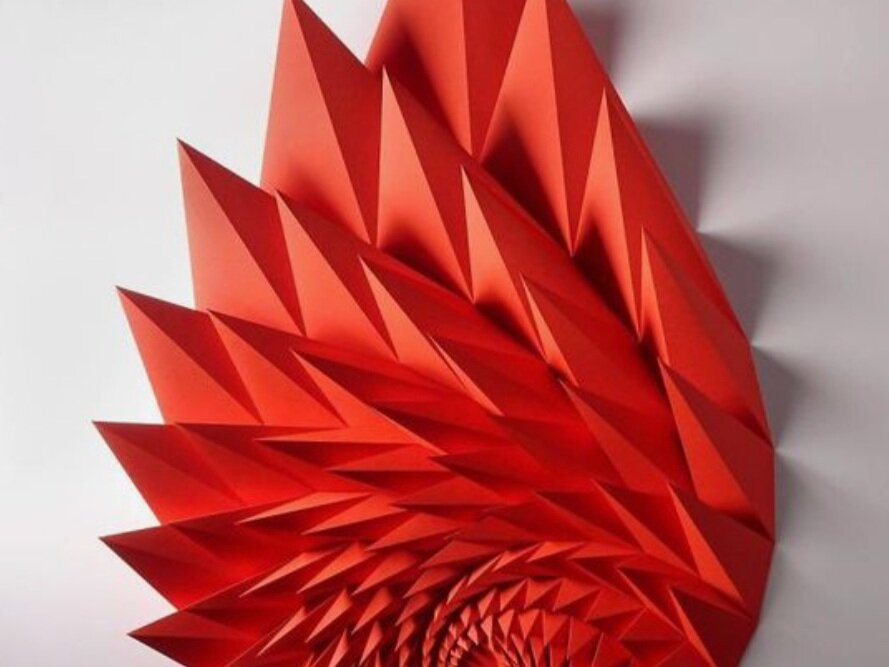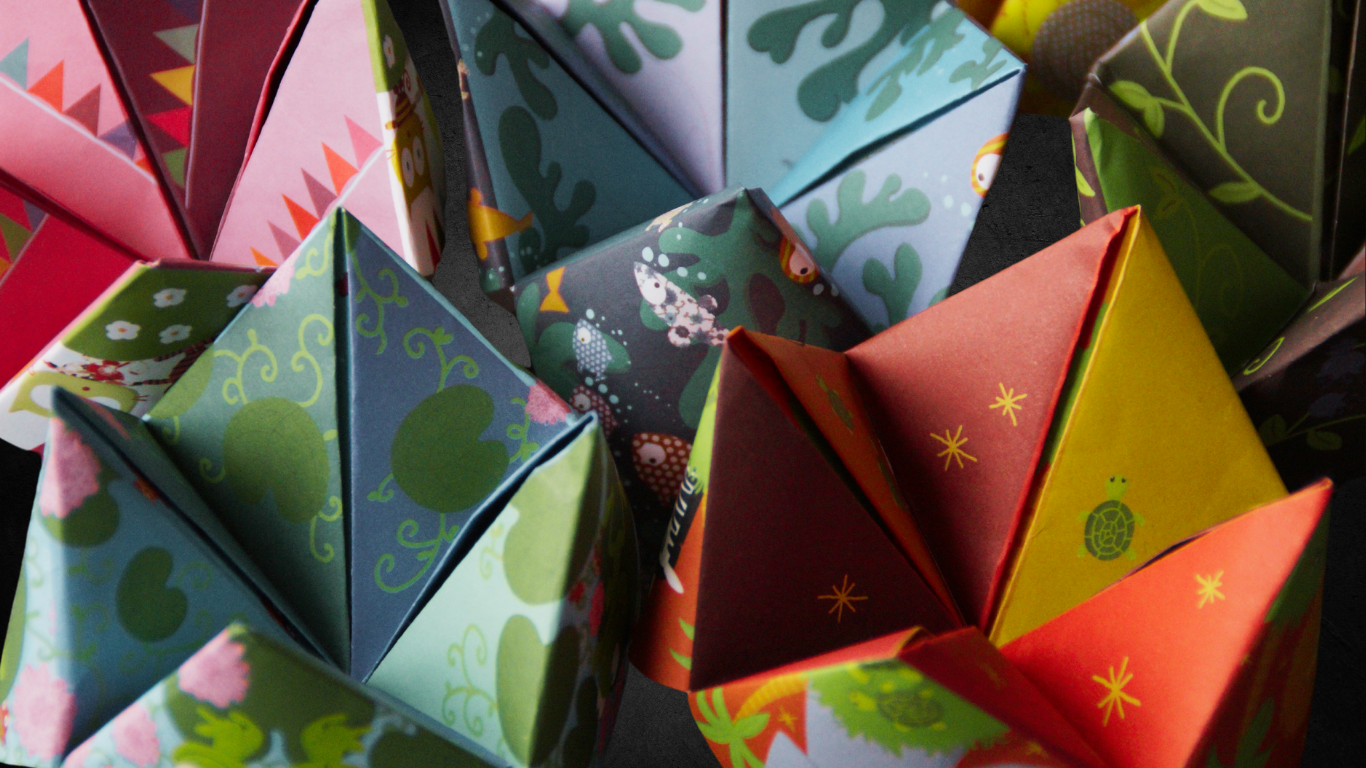-
AOM is a somatic holistic pedagogy for personal and collective growth.
A framework designed to guide you through a transformative process training mind, body, and spirit through the integration of 5 dynamic elements. Each workshop follows a clear structure, allowing space for personal and collective curiosity, inquiry, devised creative expression, and the practice of skills.

-
🌍 Earth: The Grounded Body
Space: The Sanctuary
Archetype: The Seeker
Focus: Stability, Mindfulness, Awareness, Presence
Description:
The Seeker archetype is about grounding and introspection. In this space, you’ll foster mindfulness and stability through somatic practices and meditation. Cultivate inner peace and presence, rooting yourself in the present moment to navigate life with clarity and purpose.Practice Overview:
Anchor yourself through somatic coaching and mindfulness practices. Ground your mind and body, enhancing awareness and inner peace as you move through life with stability and intention.

Fire:
-
🔥 Fire: The Combative Body
Space: The Forge
Archetype: The Warrior
Focus: Courage, Strength, Mobility, Resilience
Description:
The Warrior archetype embodies bravery, strength, and discipline. In this space, you’ll tap into your inner warrior to build physical strength and mental resilience. This element empowers you to face challenges head-on with determination and unwavering confidence, channeling the energy of fire to fuel your journey.Practice Overview:
Engage in dynamic martial arts practice and cross-disciplinary athletic training. Utilize functional training tools and animal-inspired patterns to transform your energy into action, fortifying your body and mind.
The Forge - Activation & Energy Building

-
💧 Water: The Creative Body
Space: The Lab
Archetype: The Alchemist
Focus: Creativity, Adaptability, Flow, Emotion
Description:
The Alchemist archetype embodies transformative creativity and fluidity. In this space, you’ll explore your creative potential through movement, dance, and physical theatre. Work with theater masks and engage with interdisciplinary art such as poetry, music, painting to express emotions and cultivate deeper connections with yourself and others.Practice Overview:
Tap into your creativity through movement and collaborative performances. Embrace the fluidity of life, express your emotions through art, and discover new ways to engage with your creative self.
The Lab - Creativity & Flow

Air:
-
🌬️ Air: The Articulate Body
Space: The Stage
Archetype: The Storyteller
Focus: Breath, Voice, Communication, Knowledge
Description:
The Storyteller archetype is the communicator of truth. This space invites you to refine your communication skills, express your thoughts clearly, and discover the power of your voice. Focus on breath control, clarity of speech, and expressive gestures to enhance your ability to connect and inspire through storytelling.Practice Overview:
Master breath, voice, and storytelling to articulate your truth with confidence. Develop your communication skills, refine your personal narrative, and explore new creative ways to express emotions.
The Stage - Expression & Communication

-
🌟 Spirit Quintessence: The Integration of All Elements
Space: The Retreat
Archetype: The Teacher
Focus: Integration, Wholeness, Celebration, Community
Description:
The Teacher archetype represents the culmination of your journey. In this space, you’ll experience the harmonious integration of Fire, Air, Water, and Earth through retreats, teacher training, and community-building. Celebrate your transformation and connect with a supportive community of like-minded individuals.Practice Overview:
Engage in retreats and teacher training to integrate the elements. Embrace the full spectrum of your transformation, while learning to guide and inspire others in their own journeys.
The Retreat - Integration & Reflection
-
In New York City and internationally, AOM as a framework, system and pedagogy weaves somatic awareness, martial conditioning and dance theatre into a developmental arc for kinesthetic intelligence, embodied cognition and human experience. AOM is taught through immersive journeys of self-discovery, collective practice and private coaching. Each workshop is designed to heal, grow skills, challenge and inspire through an embodied practice that connects body, mind, and spirit.
From quiet human development, the intimacy of shared movement to martial training and the energy of the stage, these workshops offer a unique opportunity to explore your body’s intelligence, adapt to stress and conflict, and express your personal story through the power of movement and performance.
The sound AOM echoes the primordial vibration of creation, also transcribed as OM or AUM and stands for
Awareness of Movement: Cultivate a deeper understanding of your body's unique expression and story.
Anthropology of Movement: Connect your body and practice with the rich tapestry of practices, lineages, and stories of embodied practice.
Art of Movement: Engage with your peers in an innovative practice that inspires creativity and choreographic practice.
-
Holistic Education for All
AOM is founded on three guiding principles:
Every person with a physical body is capable of lifelong learning and development.
Every individual has a story to convey that can change the world.
"Everyone has the ability to cultivate movement awareness, unlocking a deeper connection to human experience, nature and universal knowledge.
Based on these principles, AOM is dedicated to cultivating a platform where the awareness, skill, and culture of human movement are central to a comprehensive, holistic education. We aim to empower and train the polymath within each of us.
At AOM, our work is centered on healing, education, and creativity, all driven by embodied wisdom and kinesthetic learning. We champion the essential value of somatic awareness, storytelling, and movement arts as intangible cultural heritage, recognizing their profound impact on personal and societal growth. These aspects, often neglected in conventional education, are crucial to restoring a more holistic learning environment across all areas of society.
The body, like consciousness, is not just a fixed object or thing, but a concept — a construct shaped by perception, experience, language, and cultural narratives. Both are interfaces, lenses through which we engage with the world. They appear concrete, yet upon investigation, dissolve into process, relation, and mystery.
Consciousness is often thought of as the container or field in which experience arises.
The body, similarly, is not just meat and bone, but a lived physical instrument — Leib in phenomenology — a dynamic sensing, moving, perceiving center of experience.
In that sense, both are:
Fields of becoming
Sites of narrative and transformation
Bridges between the inner and outer world
They are not separate: the body is how consciousness expresses itself in space. And consciousness, in turn, arises through the body’s sensory, rhythmic, and relational dance.
I don’t believe in transcendence through somatic work. I believe in relation and immanence.
I don’t want participants to escape the body or dissolve into nature. I want them to inhabit their physical instrument, feel it, shape it, listen to it — and respond. The ultimate response is peace and love.
Not a system of belief. A system of attending to playful awareness. Playful because play is healing, creative and generative. That’s AOM.
Our mission is to reintroduce these vital elements into the heart of education, creating a platform that unites science, tradition, and innovation into a shared global culture. We provide individuals, communities, and organizations with the tools to cultivate their "physical instrument"—a concept that transcends the mere physical body and embraces the dynamic interplay between consciousness and movement.
A key aspect of our work lies in challenging and reshaping body culture through kinesthetic learning, encouraging the exploration and expression of personal narratives through interdisciplinary art forms. By advancing a science-informed, holistic education, we seek to address the needs of both the present and the future.
We believe that true democracy begins with the body. To achieve equality, fraternity and freedom, education must include an awareness of what we share as human beings before the acquisition of verbal language and learned skills. Language, often tied to social class and privilege, can divide us.
Humanity's shared education in physical practice is our most fundamental connection—our ability to move, tell stories, and develop throughout our lives. By exploring movement across cultures and contexts, we uncover both our shared human experience and the uniqueness of each individual’s body language. Movement, therefore, becomes a practice of empathy, curiosity, and compassion, fostering a deeper understanding of others and ourselves. Moreover, through the study of gesture, we can connect with other species and the non-living world, developing a spiritual practice that transcends religion and cultural divisions.
AOM is dedicated to fostering creativity, discovery, and a deeper understanding of what it means to be alive as an evolving, communicating, and developing human being in the age of artificial intelligence.
AOM’s media channel is committed to showcasing how people from all walks of life experience and understand their bodies. We highlight the work of historical and contemporary experts dedicated to kinesthetic learning, practice, and culture, contributing to a global, democratic society's holistic growth.
-
AOM – Anthropology of Movement
Somatic Movement Training & Embodied Pedagogy
Anthropology of Movement (AOM) is an embodied pedagogy that reimagines the body as instrument, teacher, and temple.
Rooted in trauma-informed somatic education, martial arts, and physical theatre, AOM blends nervous system regulation, creative expression, and adaptive conditioning into a holistic, interdisciplinary practice.
Embodiment Across Internal Landscapes
AOM isn’t just physical training—it’s a space to move with the many parts of yourself. Each practice invites different internal voices/physicalities to emerge, engage, and integrate. Whether it’s the grounded part, the playful part, the protector, animal parts in the spirit of kungfu or those that wants to speak—AOM creates structure for them to move, relate, and reconnect.
It is a training for artists, athletes, and seekers in transition—designed to enhance physical intelligence, emotional resilience, and poetic embodiment.
Pedagogical Foundations
AOM draws from a living lineage of master teachers, including:
Moshe Feldenkrais – neuroplasticity & functional integration
Michael Ryabko – natural movement, fear modulation & breathwork
Jacques Lecoq – gesture, rhythm & expressive play
Alongside these pillars, AOM is informed by:
Krishnamacharya, Andrew Taylor Still, Laban/Bartenieff, Viewpoints, contact improv, partnered acrobatics, Hebertism, and the broader evolution of 20th-century actor training, somatic psychology, and movement-based healing practices.
The Five Elements of AOM
Each session is a ritual of awareness, reinvention, and integration, organized through the following elemental gateways:
Earth — Resilience & Foundation
Water — Adaptation & Flow
Fire — Power & Will
Air — Expression & Vision
Aether — Integration & Meaning
This elemental framework links physical movement to emotional, mental, and symbolic layers—awakening a deeper, more connected experience of self.
Why AOM?
Unlike conventional fitness or talk-based modalities, AOM invites the body to become a site of inquiry, storytelling, and transformation.
You’ll train not just muscles—but awareness, coordination, and presence under pressure.
Whether in recovery or performance, AOM provides tools to:
Restore nervous system balance
Rebuild functional movement patterns
Deepen creative embodiment
Reclaim agency after stress or trauma
Sharpen stage presence and somatic awareness




